Osteosarcoma (OS) is a type of cancer that begins in the cells that form bones, and mainly affects teenagers and young adults. In...
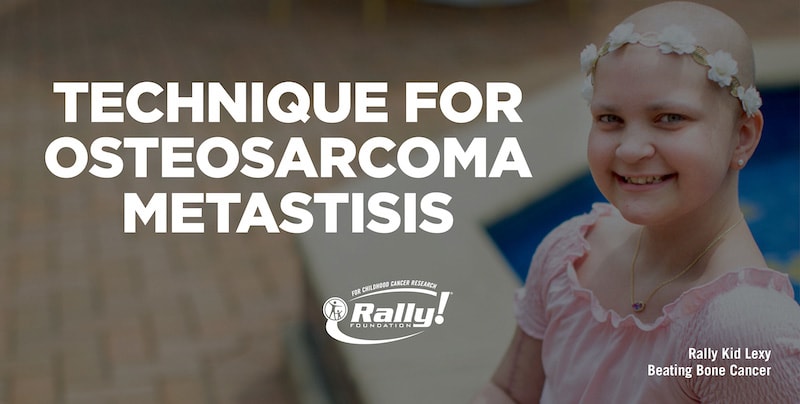

Osteosarcoma (OS) is a type of cancer that begins in the cells that form bones, and mainly affects teenagers and young adults. In...
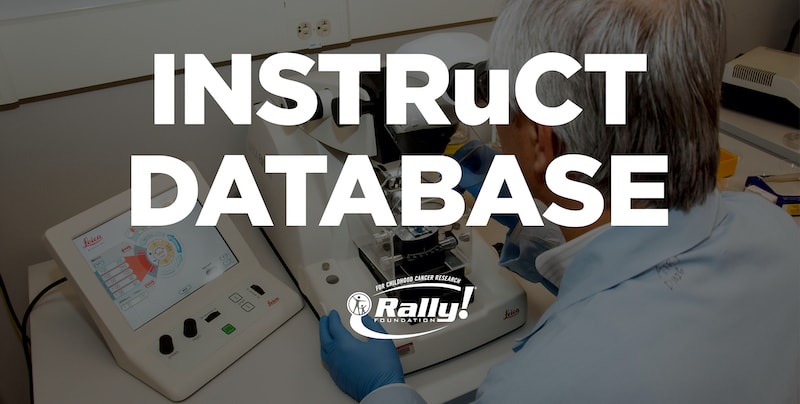
Rally is proud to be the initial funder for the creation of the INSTRuCT Database with a Consortium Grant to Dr. Sam Volchenboum of the...
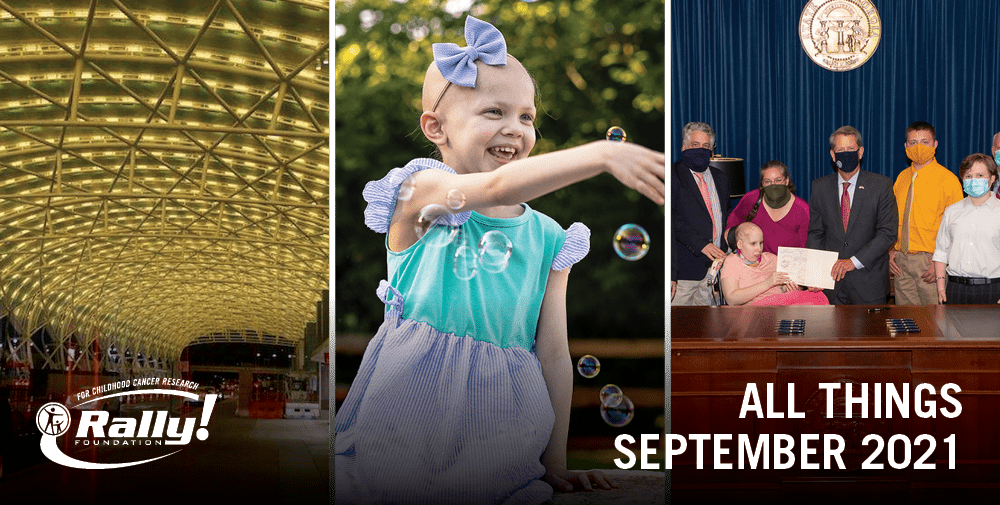
This September, we have so many amazing things planned for Childhood Cancer Awareness Month. We are incredibly excited for you to join us...
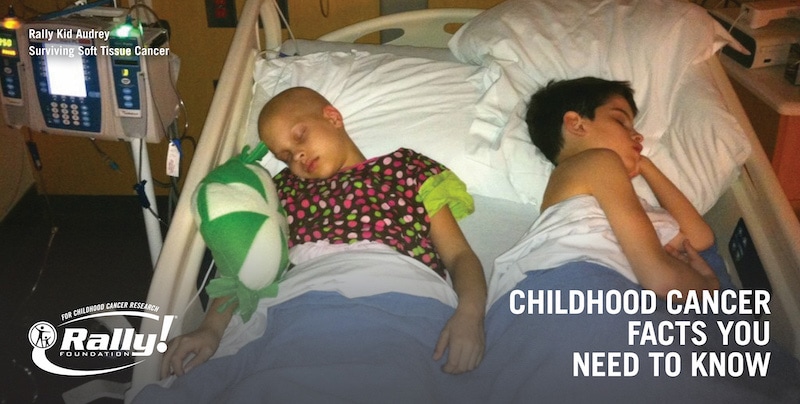
We want to give you the childhood cancer facts, so you know what that inspire us to Rally On towards our goal of finding better treatments...
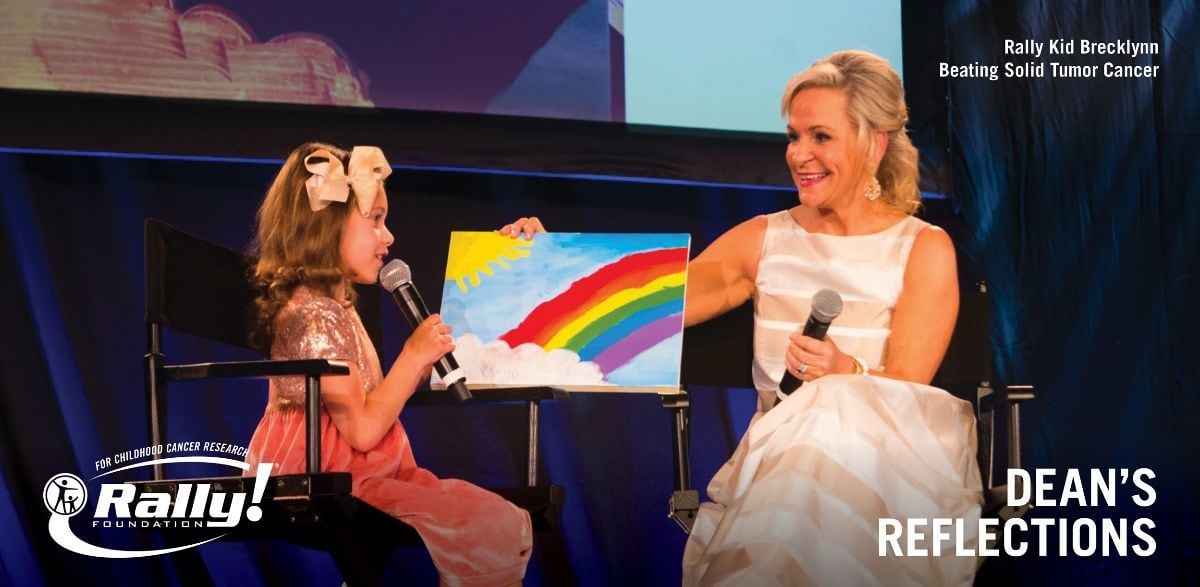
Hi Friends, The Rally Team came to me with an idea. And you know at Rally, if there is one thing we like, it is new ideas! They wanted to...
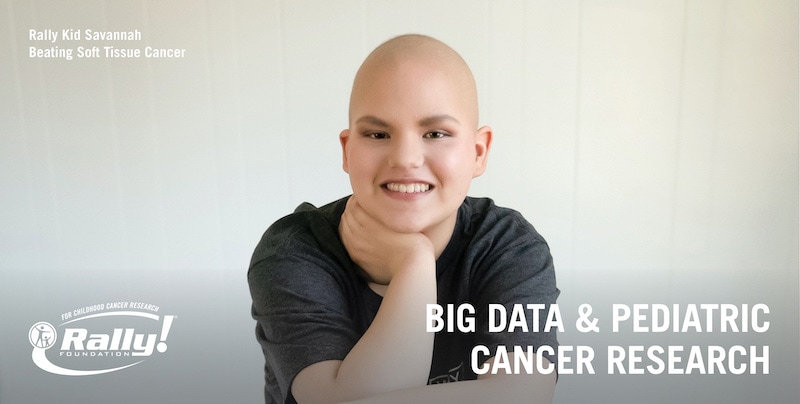
After being born and living in Turkey my whole life, I came to the US for college to study biological sciences at the University of...
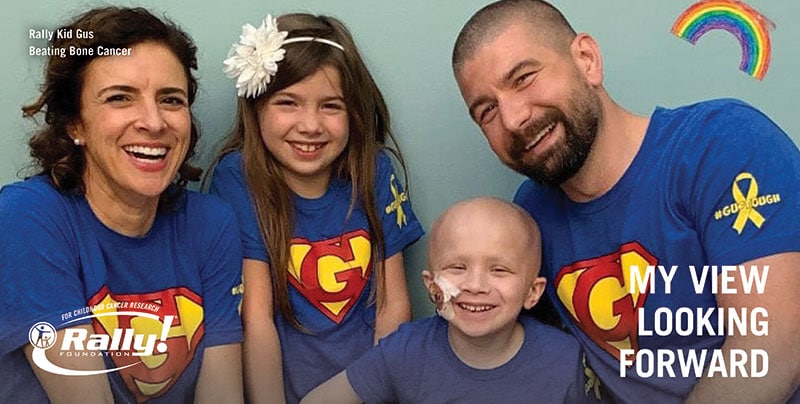
Before cancer, I was never a morning person, but now I love waking up in my home with the entire family under one roof. Most nights, I...
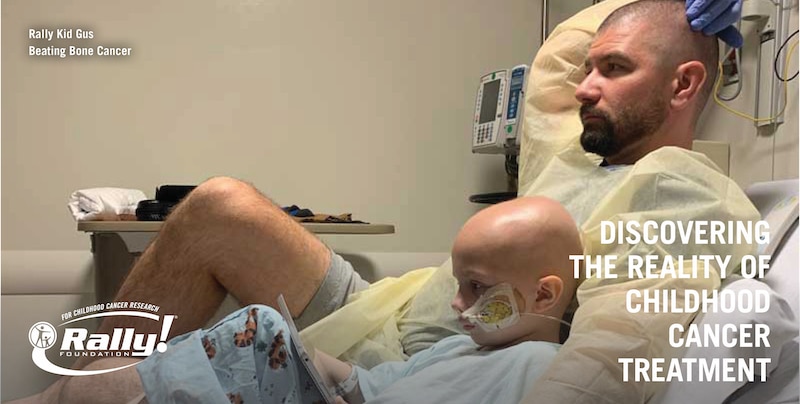
On our diagnosis day, we were told that our four-year-old Gus had Ewing Sarcoma. What doctors didn’t know was the particular type or...
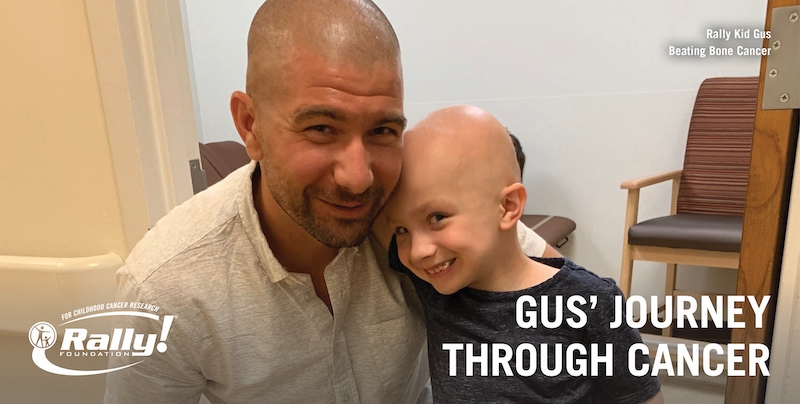
Gus, my 4-year-old son, was chasing me down the stairs on our way to the basement for our early morning workout. This particular morning,...
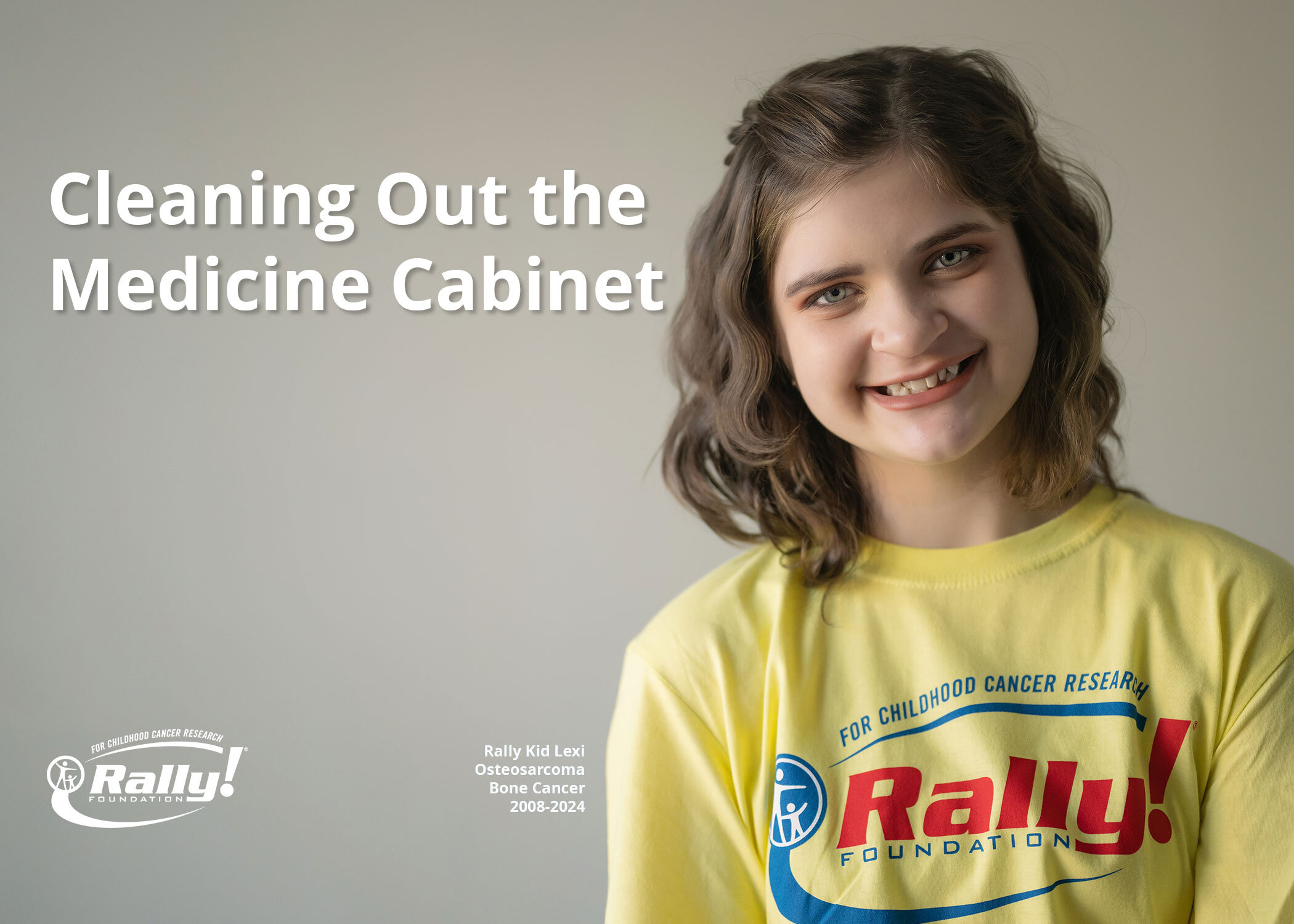
17 BOTTLES A few weeks ago, I cleaned out the medicine cabinet. That doesn’t sound super exciting, I know, but I threw away 17 bottles of...
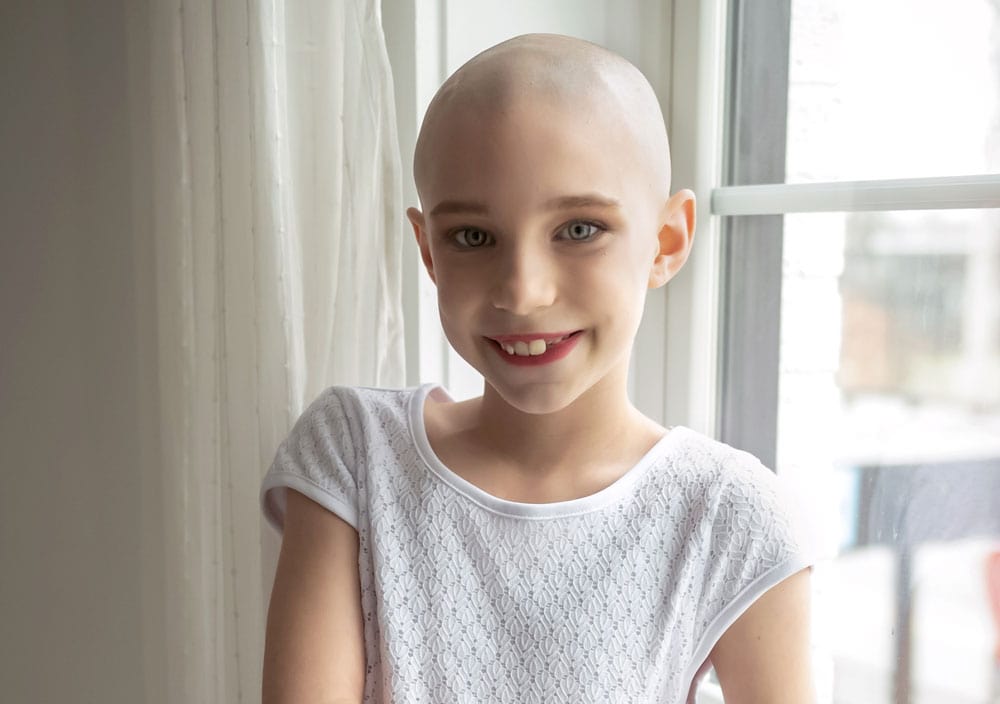
An astrocytoma is a brain tumor that begins in astrocytes—a type of glial cell that supports nerve cells in the brain. Astrocytomas can be...
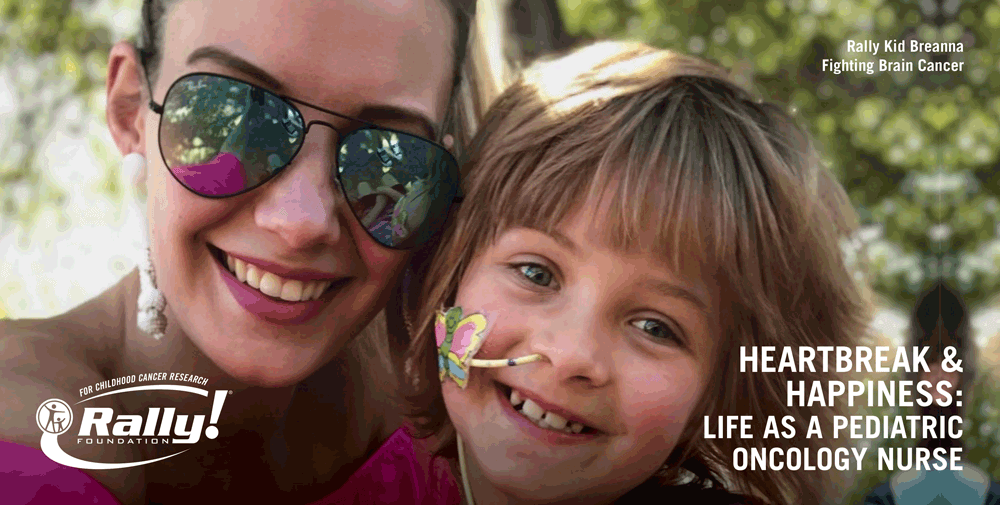
FINDING A HOME IN NURSING For as long as I can remember, I have wanted to work in pediatric oncology and help kids with cancer. When I...
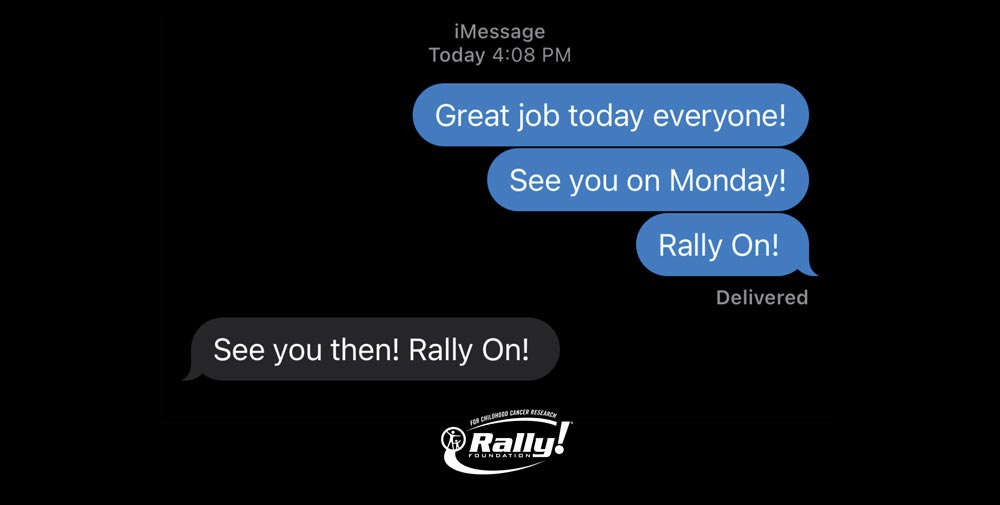
A year ago Friday I looked at the Rally staff and said, “See you on Monday.” On Saturday, I spent the day doing research on COVID-19. By...
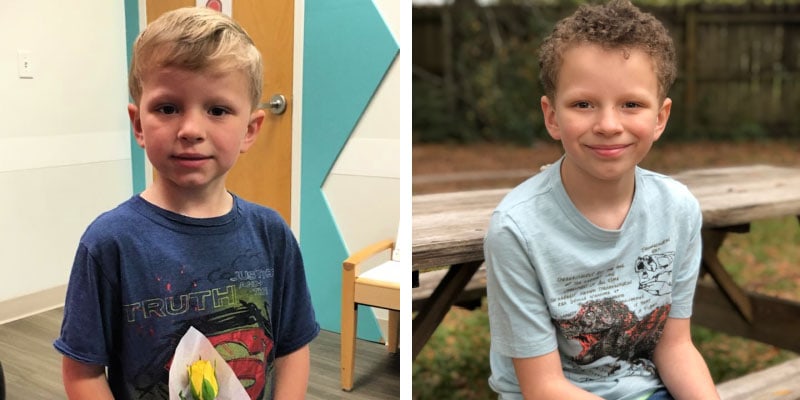
Langerhans cell histiocytosis (LCH) is a rare disorder in which the body produces an overabundance of Langerhans cells. These cells, which...
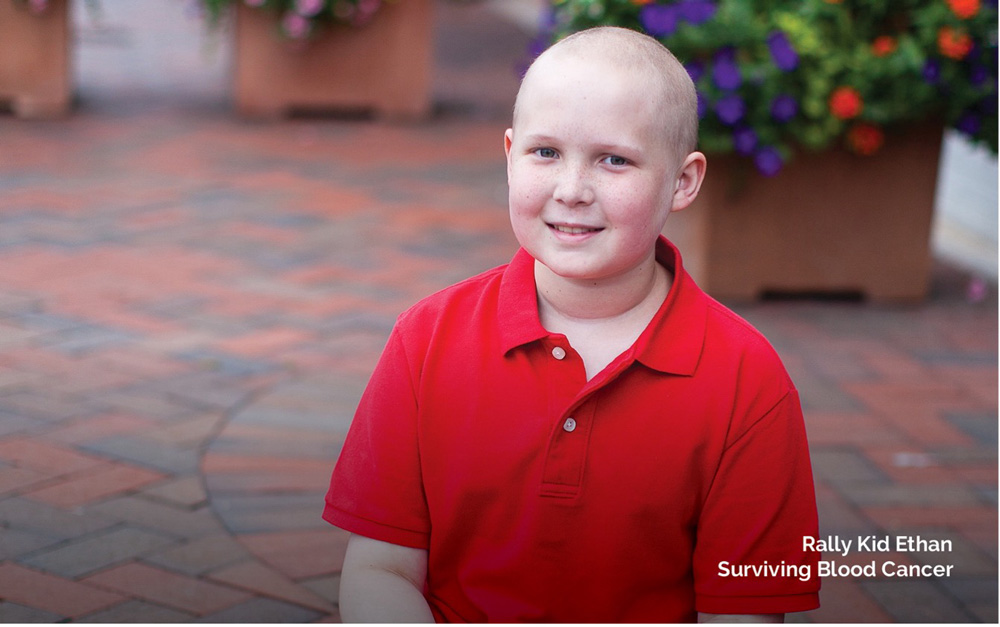
Lymphoma is a cancer of the body’s lymphatic (lymph) system which is essential to the immune system. The lymphatic system is made up of a...

May of 2013 brought the last dose of chemo for my daughter, Danielle. Back then it was hard to see or even think about what life would be like ten years down the road. Honestly, I wouldn’t even allow myself to look that far ahead. Danielle was diagnosed with high-risk acute lymphoblastic leukemia in January of 2011. When the genetic testing came back on her leukemia about a month after diagnosis, it was not good news. She had all the bad markers and none of the good ones. I chose to focus on...
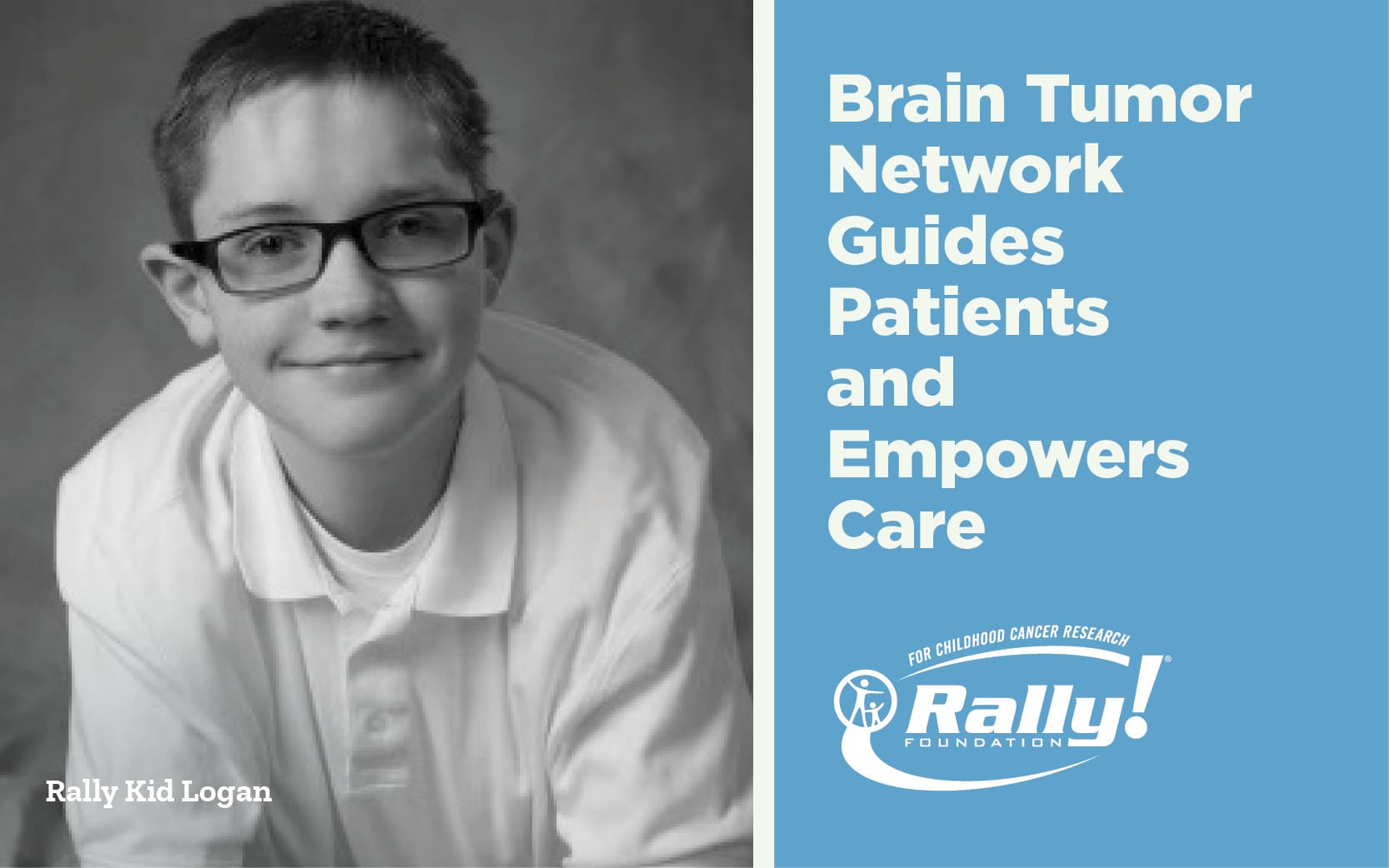
A few months ago, Rally Mom Tiffany shared with Rally Foundation the outstanding support their family has been receiving from the Brain Tumor Network (BTN) for her son and Rally Kid, Logan: “BTN has been a wonderful resource for our family. They are responsive, knowledgeable and compassionate.” BTN is the largest brain tumor patient support organization of its kind in the U.S. Since 2014, BTN has provided free navigation services to almost 2,000 patients. BTN pediatric brain tumor navigation...
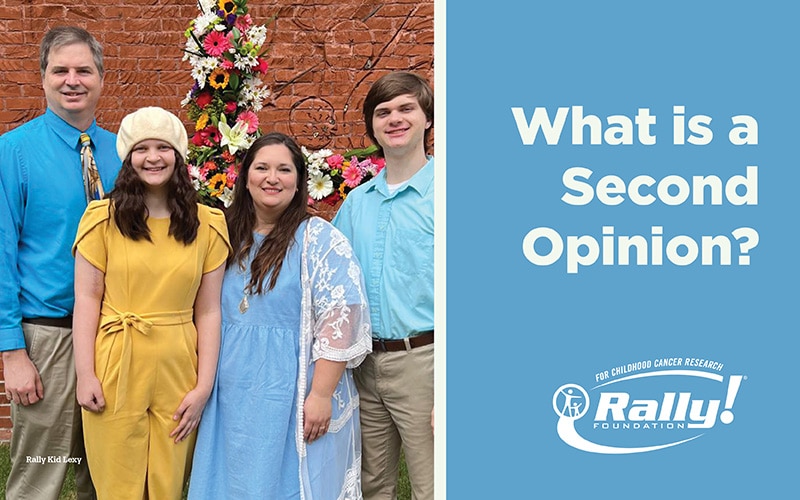
Hey Mom and Dad, Let’s chat, Cancer Parent to Cancer Parent, about seeking a second opinion. I’ll be the first to admit I was very nervous when seeking a second opinion. I did not want my child’s team to feel insulted or think that I didn’t trust them. We LOVE our team, and we know beyond a shadow of a doubt that they love our daughter. And guess what? After receiving the second opinion, the first thing our primary doctor said was “Never feel bad about seeking a second opinion.” In the...
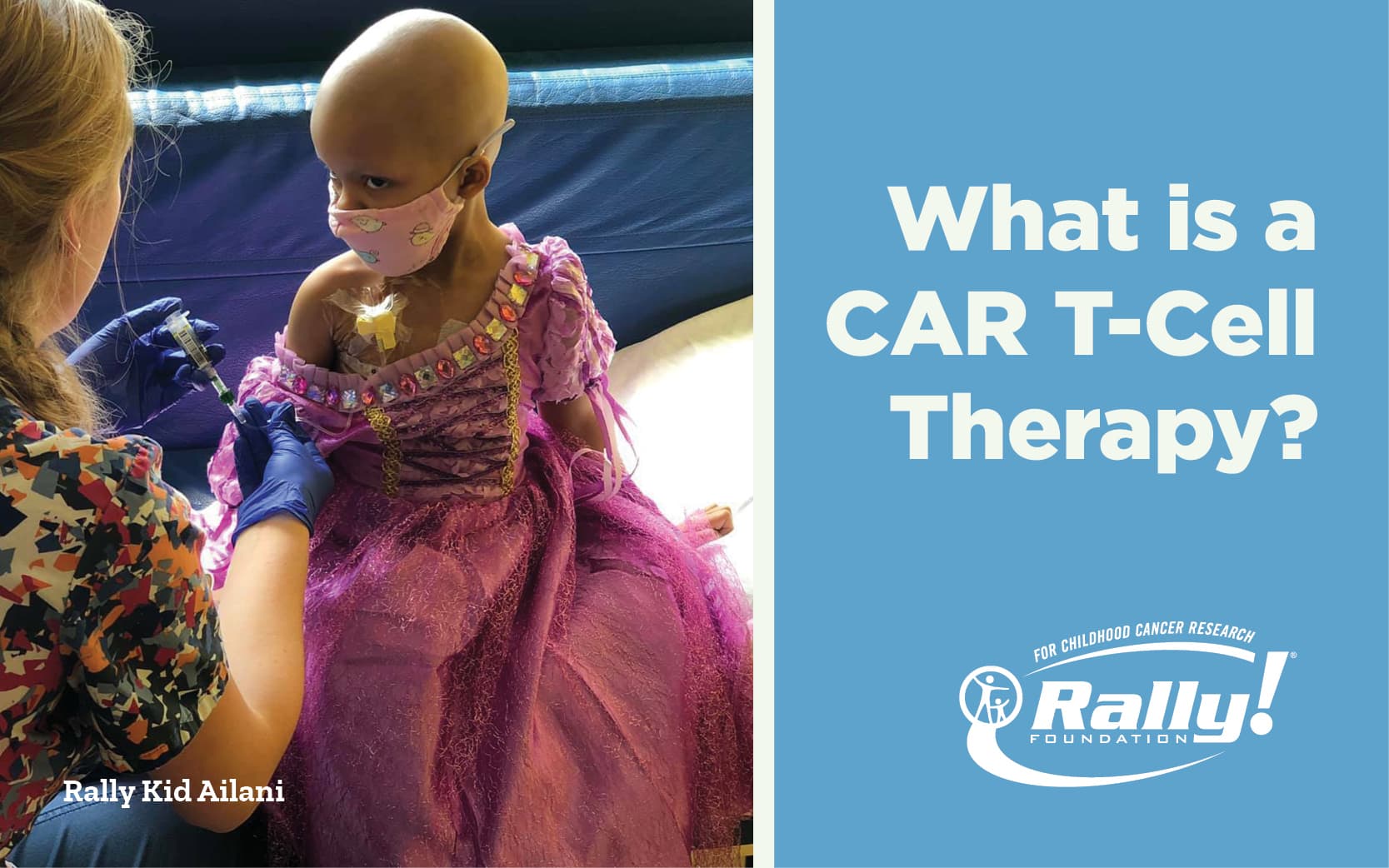
You may have heard of CAR T-cell therapy, also called CAR T, but what is it? It is an immunotherapy treatment that uses your child’s own immune cells, specifically the T-cells, to fight specific blood cancers. CAR-T can be a frontline treatment or an option if one or more treatments did not work, meaning the cancer is resistant to treatment, or if the cancer returned. Medical professionals do a blood draw to collect your child’s T-cells, a type of white blood cell. Then the T-cells are sent to...
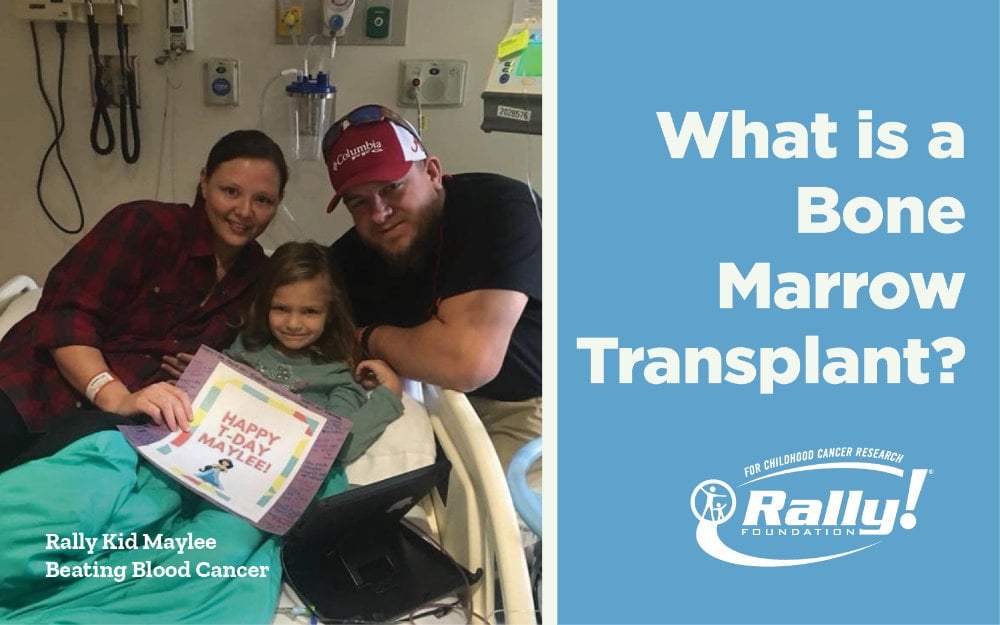
You just learned that your child has to have a bone marrow transplant. It sounds ominous. You have a lot of questions. Like, what exactly is bone marrow and what is a bone marrow transplant? Bone marrow is the soft, fatty tissue inside your bones. It creates red and white blood cells, as well as platelets. In addition, bone marrow contains immature blood-forming cells known as hematopoietic stem cells, or HSCs. These stem cells are unspecialized, and they can either remain stem cells or mature...
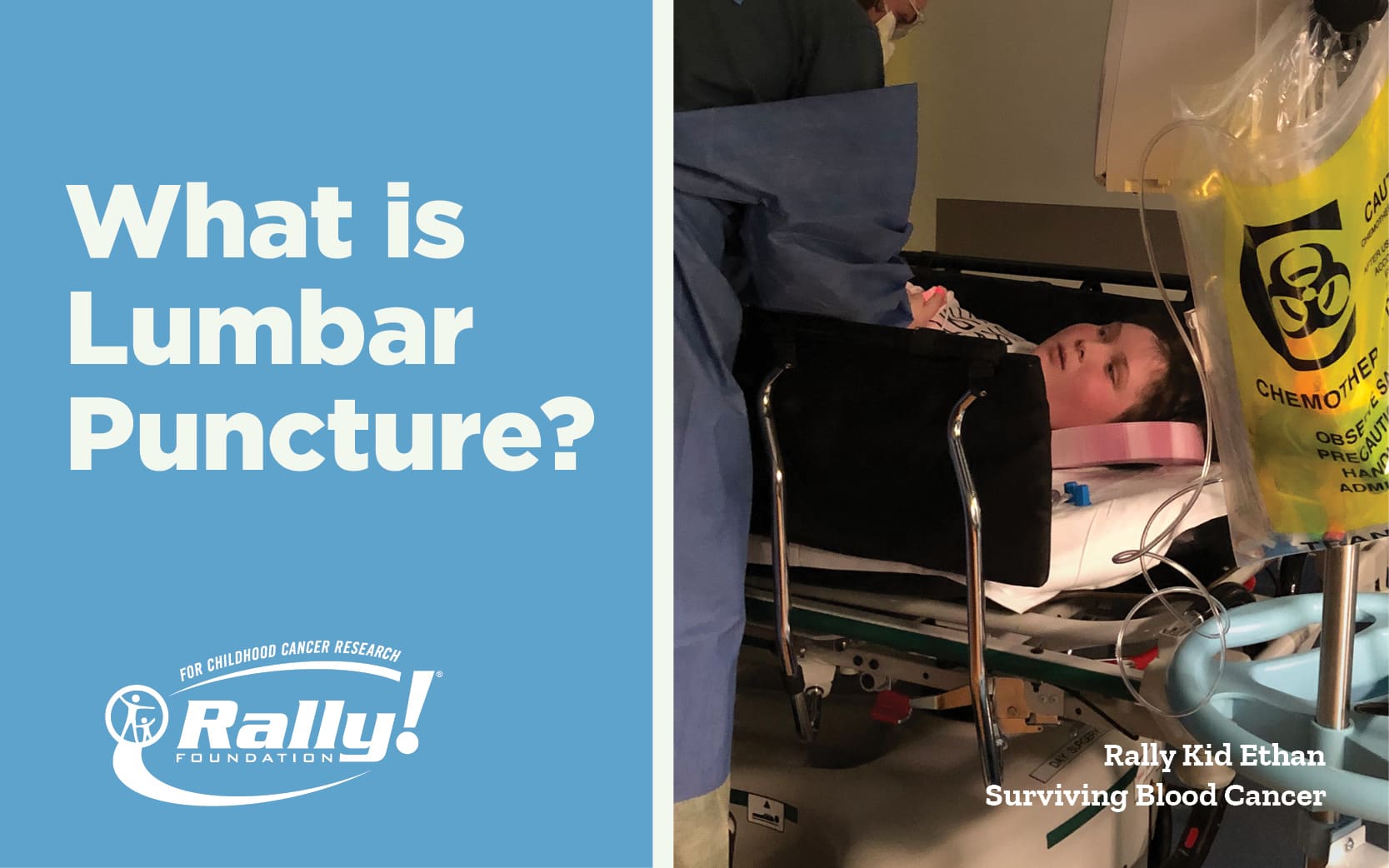
It’s scary enough to have your child diagnosed with cancer. But on top of that you hear all these new words and terms, which can be overwhelming, such as lumbar puncture or spinal tap. A lumbar procedure is the same thing as a spinal tap. It is a commonly performed procedure to diagnose and manage a variety of diseases including cancer. It is an invasive procedure used to collect the cerebral fluid that surrounds the brain and the spinal cord. A lumbar puncture/spinal tap may also be done to...